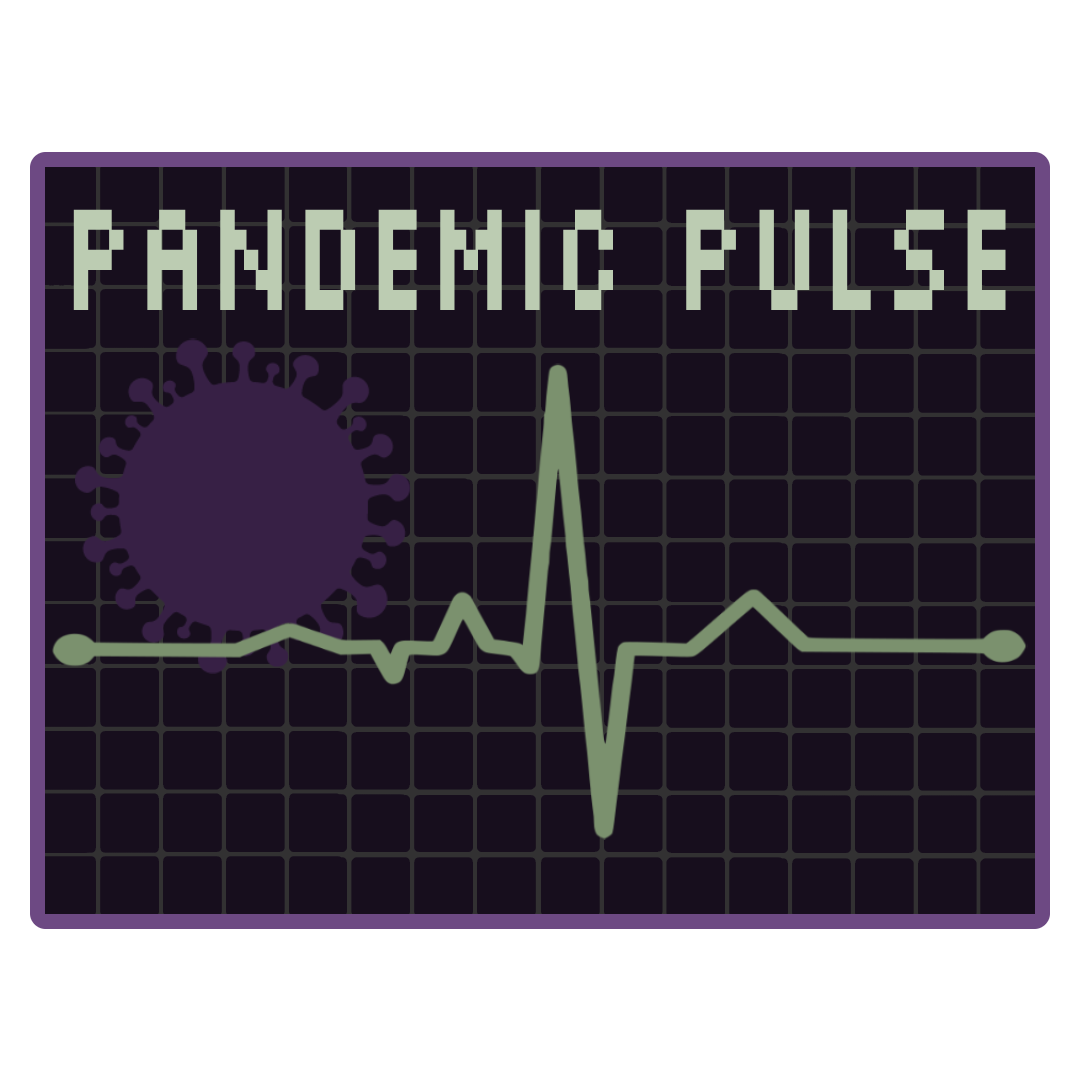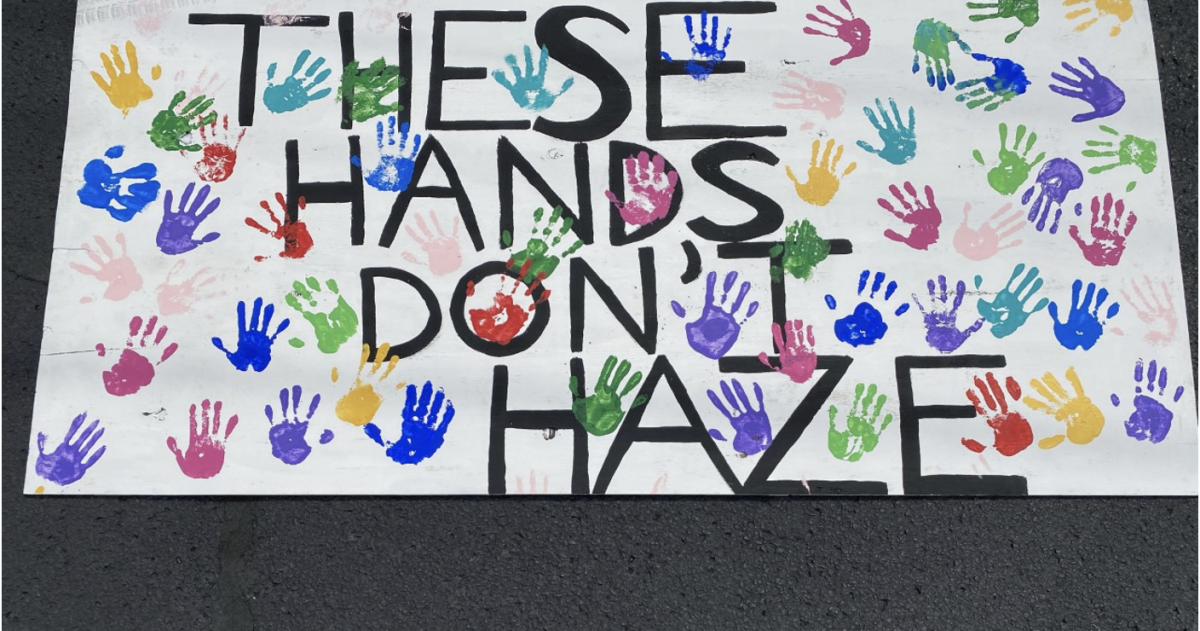A weekly Covid-19 Update Column
Hello Knox,
Welcome to the second week of the Pandemic Pulse. It has been almost exactly two years since the US declared a Public Health Emergency on Feb. 3, 2020. Though we’ve heard this before, it does seem like good news is on the horizon.
As a reminder, Knox data comes from the Knox Together Page, and these numbers include both staff and students. Data for the State of Illinois and Knox Country comes from the Illinois Department of Public Health (IDPH).
When analyzing test positivity, I use the same language as the Illinois Department of Public Health.
Minimal: Test positivity is less than 5%
Moderate: Test positivity is in between 5% and 8%
Substantial: Test positivity is over 8%
Jan. 23 – 29
The number of people getting tested was significantly lower last week. Now that required testing is over, it seems likely that testing numbers will stay consistently lower as students and staff only get tested when there is a cause for concern. Of the 234 tests were administered on campus last week, 11 were positive.
The week of Jan. 23-29 had a 4.7% test positivity. This is a minimal test positivity with a drop of 1% from the week before. Over the month of January Knox’s test positivity has dropped by half of what it was at the beginning of the quarter. Hopefully, this trend continues.
As of Friday, Jan. 28, 9 Knox students were in isolation on campus. This is significantly less than the 29 students from the week before.
As of Tuesday, Feb. 1, Knox County had not updated their test positivity information for the week of Jan. 23-29. But, they did report 347 cases last week. According to the IDPH, Knox County has seen 11,949 cases of Covid-19 since the beginning of the pandemic. That means that 2.9% of all the Covid-19 cases in Knox County ever happened last week. For comparison, if the number of cases was evenly spread out throughout the two years since Covid-19 began in the US, we would see about 0.95% of cases each week.
The State of Illinois had a test positivity rate of 9.1% last week. While this is still a substantial test positivity rate, it is a significant improvement from the previous week, when the test positivity rate was 15.2%.
Numbers everywhere are declining. But until we have a minimal test positivity everywhere, there is progress to be made.
Topic of the Week: Is Omicron Declining? And What About That Other Variant I Keep Hearing About?
I did some research this week to try to answer these questions for Knox students.
The short answer: yes, and you don’t have to worry too much about it.
Apoorva Mandivilli of The New York Times wrote an in-depth review of the situation for those who want more information, but I’ll summarize here. Omicron first spiked in South Africa and Britain, and cases in both places are showing a sharp decline. Case numbers are also in decline in some parts of the US. Last week, the US was reporting more than 650,000 new cases daily, a significant number. But this is less than the 800,000 daily cases reported three weeks ago. More locally, we can see the decline in our own numbers as well, both on campus and in the State of Illinois.
However, deaths are continuing to rise right now, which is consistent with the pattern of the pandemic. Death rates generally rise about two weeks after a spike.
While numbers are looking good in the Northeast and upper Midwest, other parts of the country are still reaching higher case numbers than ever before. Aubree Gordon, an epidemiologist interviewed by the New York Times, said, “It’s not over until we get back down to a lull. We’re not there yet.”
Because the US is so large, the country does not spike all at once. While the Northeast and upper Midwest have reached their peaks, Omicron is still spreading through the rest of the country. However, according to past trends, the decline will continue, and reach the rest of the country in the next couple weeks.
But what about the new variant? Is that going to impact the decline? To understand that, we have to understand that the new variant isn’t exactly new. It is a variant of Omicron, one of three, in fact. BA.1 was the most common version of Omicron until recently, when BA.2, the ‘stealth variant,’ has started becoming dominant. BA.3 has been quite rare this whole time, and is not expected to surge.
BA.2 is more transmissible. One virologist predicts it will become the dominant variant in the US. However, it is still predicted that the Omicron wave will continue to wane, just slower than it would have without the secondary variant.
What does this mean for the country and the future of Covid-19?
The general consensus is that we don’t know. But scientists seem to be united that this will not be the end of Covid-19.
Much earlier in the pandemic, it was estimated that we needed to reach 70% vaccination to achieve herd immunity and render Covid-19 a negligible threat. That number was revised to 90% as more contagious variants, like the long-forgotten Alpha, surfaced. But by May 2021, experts acknowledged that we are unlikely to ever reach that goal.
The CDC reports that only 63.8% of the US is fully vaccinated. ‘Fully vaccinated’ is defined as having received two doses of the Pfizer or Moderna vaccines. Only 26% of the US has been boosted.
The future may seem uncertain right now, but we as a Knox community and as citizens of the world have the power to change that by continuing to follow Covid-19 safety protocols and encouraging others to do the same.








